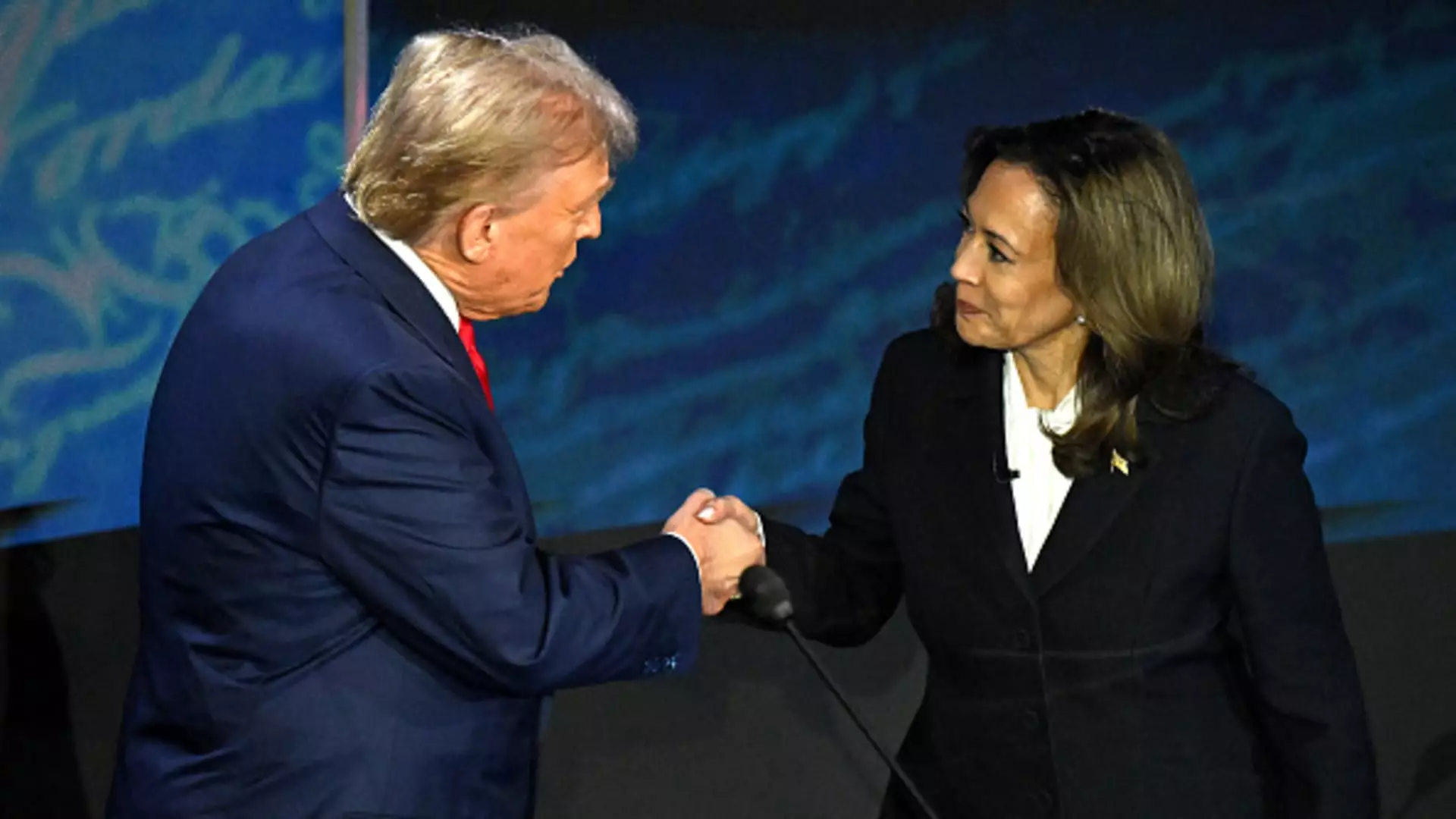As the political landscape intensifies leading up to the November elections, recent financial disclosures reveal a significant divergence in the fundraising capabilities of Vice President Kamala Harris and former President Donald Trump. In August alone, Harris’s campaign raised an astounding $189 million, a figure that stands in stark contrast to Trump’s $44 million. This considerable gap underscores a shift in the dynamics of campaign financing, suggesting a powerful grassroots and institutional support for Harris that is not only robust but also strategically advantageous as both candidates gear up for the final sprint of their campaigns.
The total haul for Harris, when combined with contributions from the Democratic National Committee (DNC) and affiliated committees, reaches an impressive $361 million. This figure dwarfs the $130 million raised by Trump’s campaign in similar capacities. Such financial metrics are indicative not just of the immediate fundraising prowess but also of the sustained enthusiasm among Democratic donors, especially following Biden’s decision to endorse Harris after stepping down from the presidential race.
The concept of cash on hand is crucial in shaping campaign strategies as elections approach. With Harris concluding August with $404 million available versus Trump’s $295 million, the advantages are palpable. This financial buffer allows Harris to diversify her spending strategy across critical areas like advertising, ground operations, and outreach initiatives. Her campaign has been aggressive in this regard, investing heavily in a multimedia advertising blitz that spans both traditional and digital platforms.
Moreover, this financial advantage offers Harris the flexibility to adapt her campaign’s messaging and initiatives in response to voter feedback and changing political sentiments as the race proceeds. As evidenced from increased donor enthusiasm, Harris’s team has effectively harnessed the momentum from Biden’s endorsement, shifting the narrative from a traditional incumbent challenge to a transformative Democratic effort.
In terms of expenditures, the Harris campaign is not merely raising funds but is actively utilizing them with concerted strategy. In August, Harris and the DNC disbursed $258 million for campaign operations, a substantial increase over Trump’s $121 million expenditure. This outspending indicates a commitment to maintaining a visible presence through advertising and outreach, reinforcing the notion that financial support is being converted into tangible voter engagement initiatives.
Harris’s campaign manager, Julie Chavez Rodriguez, emphasized the careful allocation of donor resources, stating, “We’re making sure every hard-earned dollar goes to winning over the voters who will decide this election.” This focus on strategic deployment reflects a savvy understanding of modern electoral dynamics where engagement requires not just money, but a mobilized, interactive approach to voters.
As we delve deeper into the financial undercurrents of the 2024 presidential race, it’s clear that the fundraising and spending statistics are not merely figures—they are reflections of broader campaign strategies, voter enthusiasm, and the pressing need to resonate with an electorate that demands active engagement. The stark contrast in financial prowess between Kamala Harris and Donald Trump not only positions Harris as a formidable competitor in the upcoming election but also signifies an evolving electoral landscape where fundraising success increasingly dictates campaign viability. As both candidates move into the final stages of their political battle, the implications of these financial trends will undoubtedly shape the narrative leading up to November.


Leave a Reply